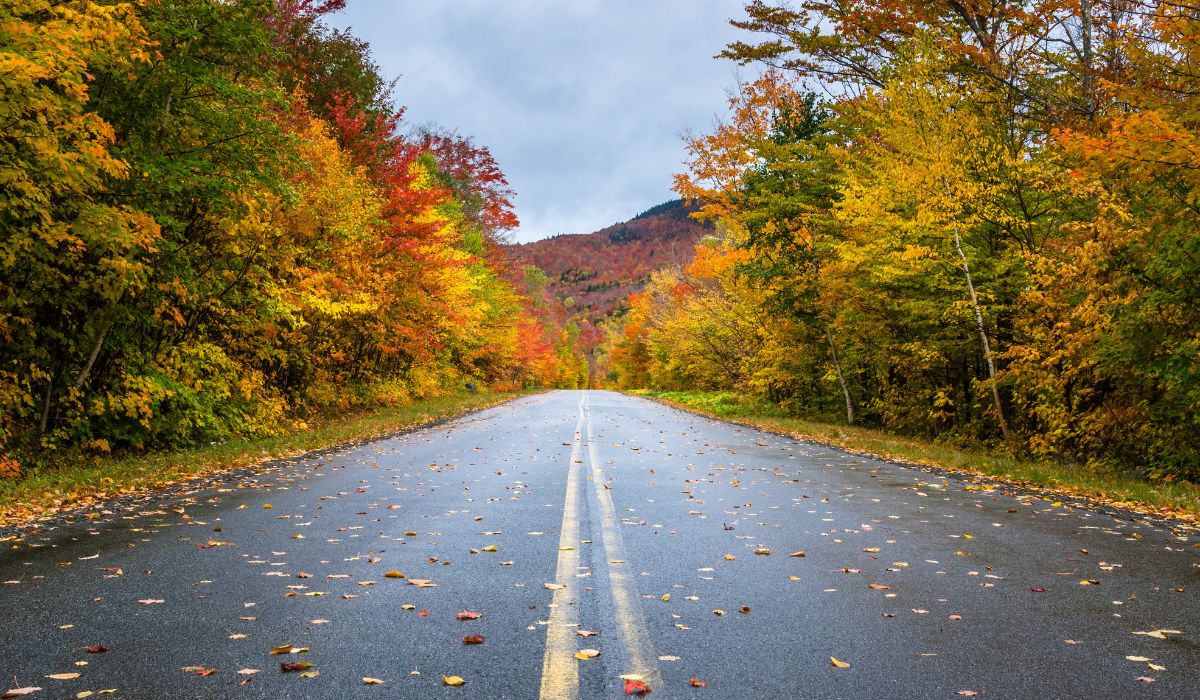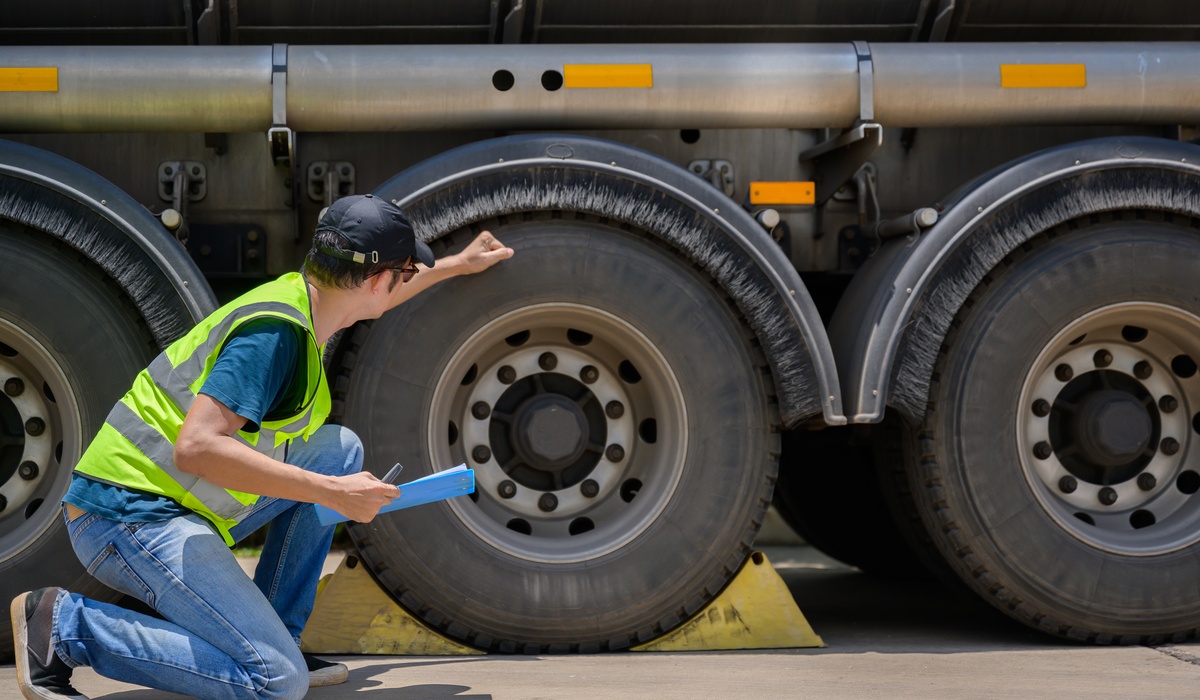Fall brings crisp air, stunning foliage, and the perfect excuse to hit the open road. Electric vehicle owners can experience all the beauty of autumn while embracing sustainable travel. Planning a fall road trip in an EV requires some special considerations, but the rewards—quiet drives through colorful landscapes and guilt-free exploration—make the extra preparation worthwhile.
Whether you’re planning to cruise Vermont’s winding mountain roads or explore the Blue Ridge Parkway’s famous vistas, your electric vehicle can take you there efficiently and economically. The key lies in understanding how fall conditions affect EV performance and planning accordingly. With the right preparation and mindset, your autumn adventure will create memories that last long after the leaves have fallen.
Planning Your Route and Charging Strategy
Route planning becomes crucial when driving an EV through fall destinations. Start by mapping your journey with charging stations in mind, spacing stops every 100 to 200 miles, depending on your vehicle’s range. Apps like PlugShare and ChargePoint provide real-time information about charging station availability, pricing, and user reviews.
Mountain routes, popular during the fall foliage season, present unique challenges for electric vehicles. Elevation changes significantly impact energy consumption—climbing mountains drains the battery faster, while descents help regenerate power through regenerative braking. Factor these elevation changes into your range calculations, and consider alternative routes if your planned path includes particularly steep or lengthy climbs.
Research the charging infrastructure along your chosen route thoroughly. Rural areas, known for their spectacular fall scenery, often have fewer charging options than urban corridors. Identify backup charging locations in case your primary stops experience outages or long wait times. Many modern EVs allow you to check charging station status through built-in navigation systems, providing peace of mind during your journey.
Booking charging sessions in advance has become possible at many locations, particularly DC fast-charging stations. This feature proves especially valuable during peak fall travel weekends when demand for charging spots increases. Call ahead or use apps that allow reservations to secure your spot during busy periods.
Pre-Trip Vehicle Preparation
Battery Check
Schedule a comprehensive battery health check before departing on your fall adventure. Cold weather affects battery performance, and you want to start your trip with optimal capacity. Have a qualified technician inspect your battery’s condition and address any concerns before you leave home.
Check Tire Pressure
Check tire pressure carefully, as cooler temperatures cause air pressure to drop. Properly inflated tires improve efficiency and safety on potentially wet or slippery fall roads. Inspect tire tread depth as well—fall weather often brings rain, and adequate tread helps maintain traction on leaf-covered or damp surfaces.
Software Update
Update your vehicle’s software before traveling. Manufacturers regularly release updates that improve battery management, navigation accuracy, and charging efficiency. These improvements can make a significant difference during long-distance travel, particularly in areas with challenging terrain or limited charging infrastructure.
Maximizing Efficiency on Fall Roads
Master regenerative braking to extend your range during fall driving. This technology captures energy typically lost during deceleration and returns it to the battery. Plan your approach to stops and hills to take advantage of regenerative braking opportunities. The technique becomes particularly effective on mountain descents common along scenic fall routes.
Maintain steady speeds whenever possible to optimize energy consumption. Aggressive acceleration and hard braking waste energy that could extend your range. Use cruise control on highways to maintain consistent speeds, and activate your vehicle’s eco-driving mode to prioritize efficiency over performance.
The global shift toward electric vehicles has prompted manufacturers to develop increasingly sophisticated energy management systems. Modern EVs can predict energy consumption based on route terrain, weather conditions, and driving patterns. Trust these systems while remaining mindful of your driving habits and their impact on range.
Managing Cabin Comfort Efficiently
Precondition your vehicle’s cabin while connected to a charging station, rather than relying on battery power for climate control. This strategy warms or cools the interior without reducing your driving range. Most EVs allow you to schedule preconditioning through smartphone apps, timing the process to complete just before departure.
Use seat heaters instead of cabin heating to stay warm during chilly fall mornings and evenings. Seat heaters consume significantly less energy than heating the entire cabin space. Individual seat heating allows passengers to customize their comfort levels without affecting overall energy consumption.
Pack layers of clothing to reduce reliance on the vehicle’s heating system. Fall weather can change quickly, especially in mountainous regions popular for leaf peeping. Dressing in removable layers helps you adapt to temperature changes without adjusting climate controls frequently.
Navigating Fall-Specific Challenges
Fall weather brings unique driving conditions that affect EV performance and safety. Rain reduces tire traction and can impact visibility, while strong winds increase energy consumption by creating additional drag. Monitor weather forecasts along your entire route, not just at your departure point and final destination.
Shorter daylight hours during the fall mean more driving in darkness. Inspect all exterior lights before departing to confirm they function properly. LED headlights and taillights, standard on most EVs, provide excellent visibility while consuming minimal energy. Plan rest stops to avoid driving when you feel tired, as fatigue becomes more dangerous on unfamiliar roads in low-light conditions.
Pack emergency supplies appropriate for fall conditions. Include warm blankets, a flashlight with extra batteries, non-perishable snacks, and water. While EVs experience fewer mechanical failures than traditional vehicles, preparing for unexpected delays or charging station outages provides peace of mind during remote travel.
Charging Station Etiquette and Efficiency
Practice good charging station etiquette to maintain positive relationships within the EV community. Move your vehicle promptly when charging completes—leaving a fully charged car connected prevents others from accessing the station. Many charging networks send notifications when your session finishes, making it easy to return and relocate your vehicle.
Read charging station reviews before arrival to understand what to expect. Fellow EV drivers often share valuable information about station reliability, nearby amenities, and accessibility. This community knowledge helps you select the best charging stops tailored to your specific needs and travel timeline.
Popular Fall Destinations for EV Road Trips
Vermont Route 100 offers spectacular fall foliage and adequate charging infrastructure for electric vehicles. The route winds through quaint villages, offering numerous opportunities to experience autumn’s peak colors. Plan stops in Stowe, Killington, or Manchester for charging and local attractions.
The Blue Ridge Parkway provides 469 miles of scenic mountain driving through Virginia and North Carolina. Recent infrastructure improvements have added charging stations in key locations along the route. Time your visit for peak foliage season, typically mid-October, for the most impressive displays.
New Hampshire’s Kancamagus Highway delivers stunning mountain vistas and waterfall views during the fall. The 34-mile scenic byway requires careful range planning due to limited charging options, but the relatively short distance makes it accessible for most EVs with proper preparation.
Making the Most of Your Sustainable Adventure
Fall EV road trips blend environmental responsibility with the beauty of the season. Take time to appreciate the quiet operation of your electric vehicle as you drive through peaceful autumn landscapes. The absence of engine noise allows you to hear the rustling of leaves, the flow of water, and other natural sounds that traditional vehicles often mask.
Your fall EV road trip represents more than just a vacation—it demonstrates the practical viability of electric transportation for long-distance travel. Each successful journey helps normalize electric vehicles and encourages infrastructure development in scenic destinations that benefit all future travelers.









